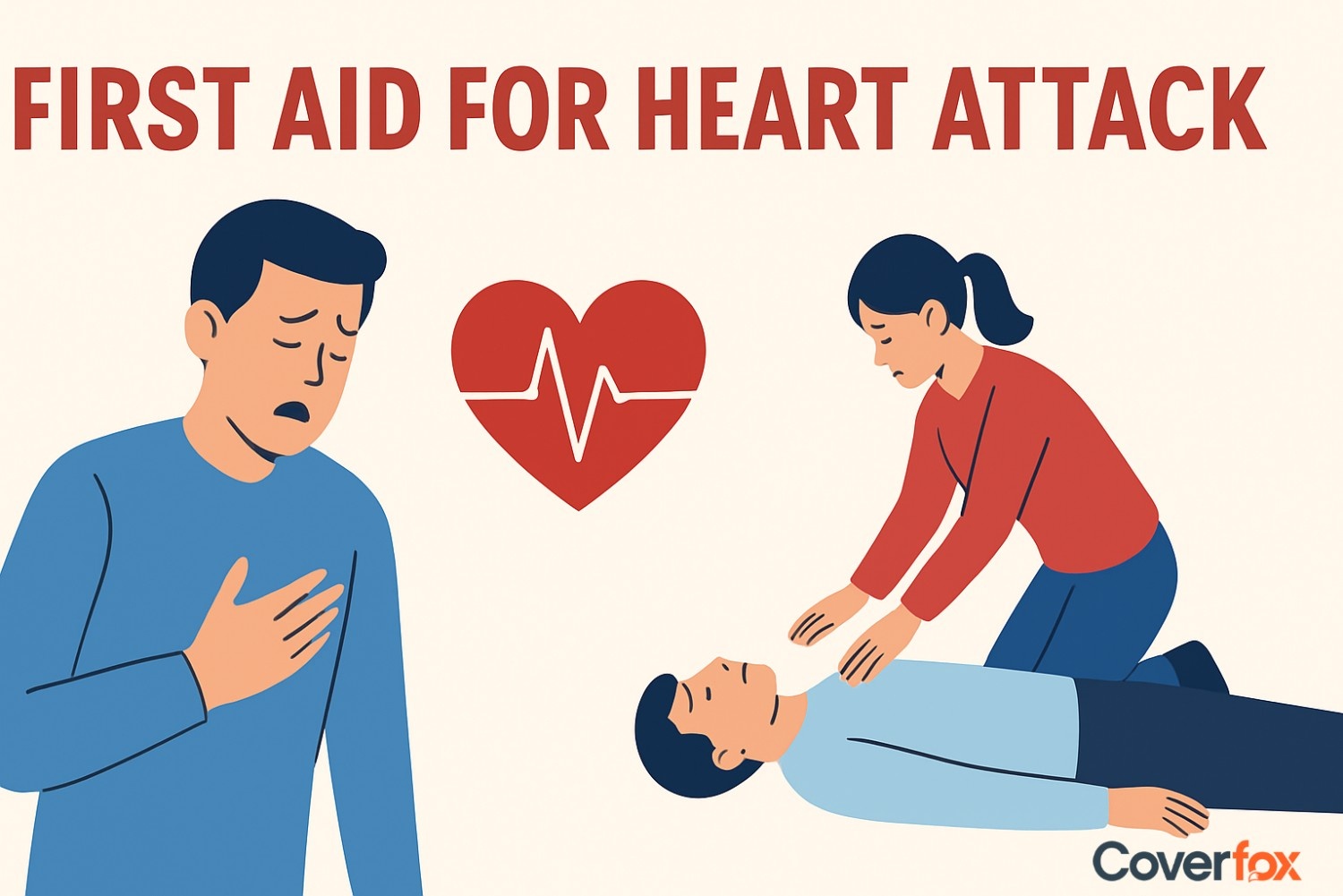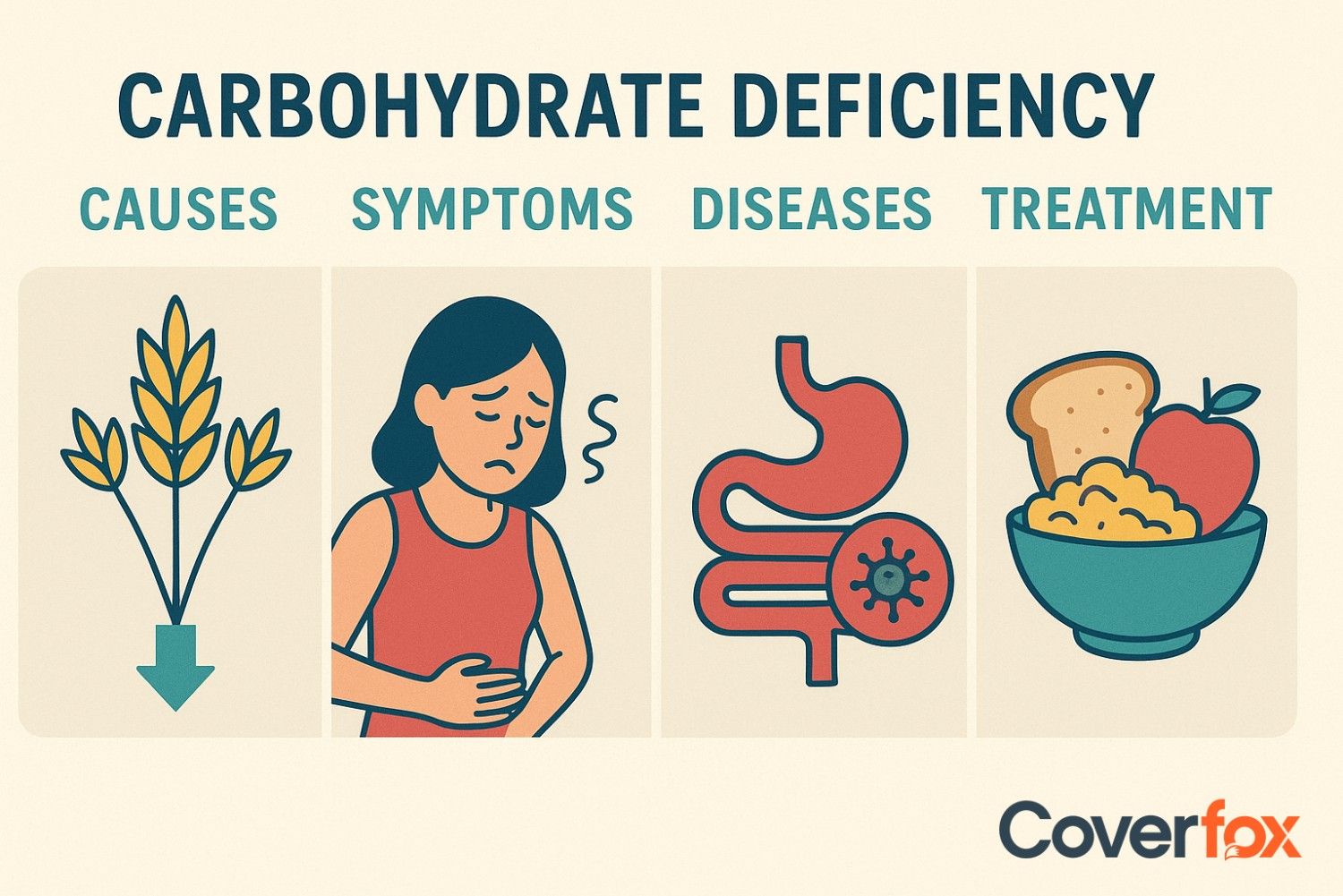The Air Quality Index (AQI) shows how clean or polluted the air is based on key pollutants like PM2.5, PM10, NO₂, SO₂, O₃, and CO. It uses colour-coded categories that help you understand daily health risks and decide when it’s safe to be outdoors. India follows the National Air Quality Index (NAQI), which ranges from 0 to 500. WHO guidelines also define safe limits for these pollutant levels to protect public health.

The buzzword AQI has been around for quite some time now. AQI stands for Air Quality Index. This number directly refers to the quality of air, or rather air pollution, in a particular area, which helps you determine which places are safe to visit for some clean air.
This article will help you understand what AQI is, what its parameters and ranges are, and how it has become one of the most alarming warnings for the environment in today’s world. As rising pollution levels continue to impact respiratory health, many people are also becoming more aware of the importance of having adequate health insurance to manage pollution-related health risks.
AQI: What It Means and Why It Is Important
The Air Quality Index (AQI) is a simple number that tells you how clean or polluted the air around you is, much like a daily weather update. It helps people understand whether the air is safe to breathe and how it might affect their health. Here’s why it matters:
Helps you understand pollution levels
AQI shows whether the air is safe, moderately polluted, or hazardous.
Guides daily outdoor activities
People use AQI like a weather update to decide whether to go for a walk, exercise, or stay indoors.
Protects sensitive groups
Children, elderly people, and those with asthma or heart conditions can take precautions when AQI rises.
Alerts the public during high-risk days
Governments issue warnings, restrictions, or health advisories when AQI reaches dangerous levels.
Supports long-term health awareness
Following AQI trends helps individuals reduce exposure and plan lifestyle changes to protect respiratory health.
What Pollutants Does the Air Quality Index Measure?
Here are the main pollutants that go into AQI calculations, based on WHO guidelines, and what are their sources:
PM₂.₅ (Fine Particulate Matter)
- Sources: Combustion from vehicles, industry, power plants, biomass burning.
- Health Impact: Can penetrate deep into lungs and enter the bloodstream, increasing risks of cardiovascular diseases, respiratory problems, and even cancer.
PM₁₀ (Coarse Particulate Matter)
- Sources: Road dust, construction sites, mining, wind-blown particles.
- Health Impact: Irritates the respiratory system and contributes to lung disease and cardiovascular issues.
Ozone (O₃)
- Sources: Formed by photochemical reactions involving NO₂, volatile organic compounds (VOCs), sunlight — common in traffic and industrial areas.
- Health Impact: Causes breathing difficulties, asthma attacks, reduced lung function, and long-term lung disease.
Nitrogen Dioxide (NO₂)
- Sources: High-temperature combustion — cars, power plants, industrial processes, heating.
- Health Impact: Irritates airways, worsens respiratory diseases, and contributes to ozone formation.
Sulfur Dioxide (SO₂)
- Sources: Burning fossil fuels (coal, oil), industrial emissions.
- Health Impact: Causes respiratory problems, especially in people with asthma, and can form harmful particulate matter.
Carbon Monoxide (CO)
- Sources: Incomplete combustion — vehicles, residential heating, power generation.
- Health Impact: Reduces the blood’s ability to carry oxygen, leading to cardiovascular stress and other health risks.
How Is the Air Quality Index Calculated?
AQI is calculated by measuring the concentration of major pollutants in the air and converting each value into a standardised index. The pollutant with the highest individual score becomes the overall AQI for that location—this is known as the dominant pollutant. The final AQI number is then placed into colour-coded categories ranging from good to hazardous, helping people quickly understand the health risk level.
For example: Delhi had an AQI of 424 on 24/11/2025 (https://airquality.cpcb.gov.in/AQI_India/ )
- Delhi’s monitoring stations recorded 24-hour average levels of pollutants like PM₂.₅, PM₁₀, NO₂, SO₂, O₃, and CO.
- Each pollutant level was converted into its individual AQI using the average of the minimum-maximum range.
- PM₂.₅ had the highest AQI value, so it became the dominant pollutant.
- The highest individual AQI = overall AQI, which is why Delhi’s final AQI was 424.
AQI Categories and What They Mean
Here is the NAQI (National Air Quality Index) table with colour codes and ranges:
| Category | Range | Colour Code |
|---|---|---|
| Good | 0-50 | Green |
| Satisfactory | 51-100 | Light Green |
| Moderately Polluted | 101-200 | Yellow |
| Poor | 201-300 | Orange |
| Very Poor | 301-400 | Red |
| Severe | 401-500 | Maroon |
1. Meaning of Good AQI
Air quality is considered optimal, posing little to no risk to health. The air is clean, and people of all age groups can carry out their daily outdoor activities without any concern.
2. Meaning of Satisfactory AQI
Air quality is generally acceptable. While the majority of individuals can go about their routine without issues, a very small number of unusually sensitive people may experience minor breathing discomfort or mild irritation.
3. Meaning of Moderately Polluted AQI
Air quality begins to impact vulnerable groups such as children, the elderly, and individuals with heart or lung diseases. Some may experience coughing, shortness of breath, or throat irritation during prolonged outdoor exposure.
4. Meaning of Poor AQI
Prolonged or repeated exposure to this level of pollution may aggravate respiratory ailments like asthma and bronchitis. People with heart conditions may also notice increased symptoms. Limiting outdoor activities is advisable, especially for sensitive groups.
5. Meaning of Very Poor AQI
This level can trigger health alerts. Sensitive individuals are likely to experience significant health effects such as wheezing, breathlessness, or chest discomfort. Even healthy people may feel irritation or reduced tolerance for physical activities.
6. Meaning of Severe AQI
Air quality is hazardous for everyone. Healthy individuals may experience adverse symptoms, while those with existing medical conditions may face serious and immediate health effects. Outdoor activities should be avoided, and exertion should be minimized for all.
- India: https://airquality.cpcb.gov.in/AQI_India/
- USA: https://www.epa.gov/air-quality-index
- Globally acknowledged website: https://www.iqair.com/
WHO GUIDELINES on AQI(2021)
These guidelines represent the safe limits of major air pollutants for public health.
-
PM2.5 — ≤ 15 µg/m³
Fine particles that deeply enter the lungs; linked to heart and lung diseases.
-
PM10 — ≤ 45 µg/m³
Coarse particles affecting the upper respiratory system.
-
NO₂ (Nitrogen Dioxide) — ≤ 25 µg/m³
Produced mainly from vehicles and combustion; irritates the respiratory tract.
-
SO₂ (Sulfur Dioxide) — ≤ 40 µg/m³
Mainly from industrial activities; harmful to asthma and lung function.
-
O₃ (Ozone) — Peak 8-hour exposure ≤ 100 µg/m³
Formed by chemical reactions in sunlight; causes breathing difficulty and chest tightness.
-
CO (Carbon Monoxide) — 8-hour guideline ≤ 4 mg/m³
Interferes with oxygen delivery to vital organs.
Note: μg stands for microgram. PM2.5 refers to particulate matter that is less than or equal to 2.5 micrometres in diameter, while PM10 refers to particulate matter less than or equal to 10 micrometres. NO₂ represents Nitrogen Dioxide, SO₂ stands for Sulfur Dioxide, O₃ refers to Ozone, and CO stands for Carbon Monoxide.
Limitations of Air Quality Index
AQI has a few important limitations. Real-time AQI values come directly from sensors without detailed validation, so they may not always be suitable for statutory or official decision-making. The system also depends on multiple technical steps—sensor performance, calibration, data transmission, and stable power supply—any of which can cause interruptions. As a result, occasional data gaps or delays may occur, though authorities typically restore stations as quickly as possible.
Source: CPCB
How to Check Air Quality Index (AQI) and Protect Yourself?
You can check India’s NAQI by visiting the Central Pollution Control Board’s official portal (NAQI Dashboard) and follow these steps:
- Visit CPCB Air QUality Website - https://airquality.cpcb.gov.in/AQI_India/
- Enter the Captcha
- Enter your State
- Enter your City
- Select the Monitoring Station
- Select Date and Time
- You will be displayed the NAQI (National Air Quality Index) of that region.
Conclusion
AQI is a simple yet powerful tool that helps people understand daily air pollution levels and make informed decisions to safeguard their health. Poor air quality can trigger or worsen serious health issues, especially for children, the elderly, and individuals with respiratory or heart conditions. Monitoring AQI regularly and following recommended precautions can significantly reduce exposure to harmful pollutants. Since India uses the National Air Quality Index (NAQI), checking it daily can help you stay prepared and protect yourself and your family from changing air conditions.
Also Read:
Frequently Asked Questions on AQI
What is a good air quality index?
A good AQI is between 0–50, meaning the air is clean and poses little or no health risk.
What does AQI mean?
AQI (Air Quality Index) is a number that tells you how clean or polluted the air is and what health impacts it may cause.
Is 500 AQI possible?
Yes. An AQI of 500 indicates extremely hazardous air quality and is rarely reached but can occur during severe pollution events.
What are the signs of poor indoor air?
Symptoms include headaches, coughing, musty smells, irritation in the eyes or throat, and feeling tired or breathless indoors.
Which country is No. 1 in air pollution?
Countries can vary by year, but several reports often rank South Asian regions—including India, Pakistan, and Bangladesh—among the most polluted.
What are two symptoms of breathing poor-quality air?
Coughing and shortness of breath are the most common symptoms of any respiratory disorder.
What are the main pollutants used to calculate AQI?
PM2.5, PM10, ozone (O3), nitrogen dioxide (NO2), sulphur dioxide (SO2), and carbon monoxide (CO).
Can AQI change throughout the day?
Yes. AQI fluctuates due to traffic, weather, industrial activity, and temperature changes.
How does poor air quality affect health?
It can trigger asthma, headaches, coughing, fatigue, and long-term lung or heart issues.
Which groups need to be more careful when AQI is high?
Children, elderly people, pregnant women, and those with asthma, heart disease, or respiratory issues.
Is air indoors safer than outdoor air when AQI is poor?
Often yes, but only if windows are closed and indoor air is filtered properly.
Does AQI differ from one country to another?
Yes. Different nations use different AQI scales and breakpoints.
What should I do when AQI reaches an unhealthy level?
Limit outdoor activity, wear an N95 mask outside, use indoor air purifiers, and keep windows closed.
Is AQI better in Delhi or Bangalore?
Most days, Bangalore has significantly better AQI than Delhi, which frequently records high pollution levels.





